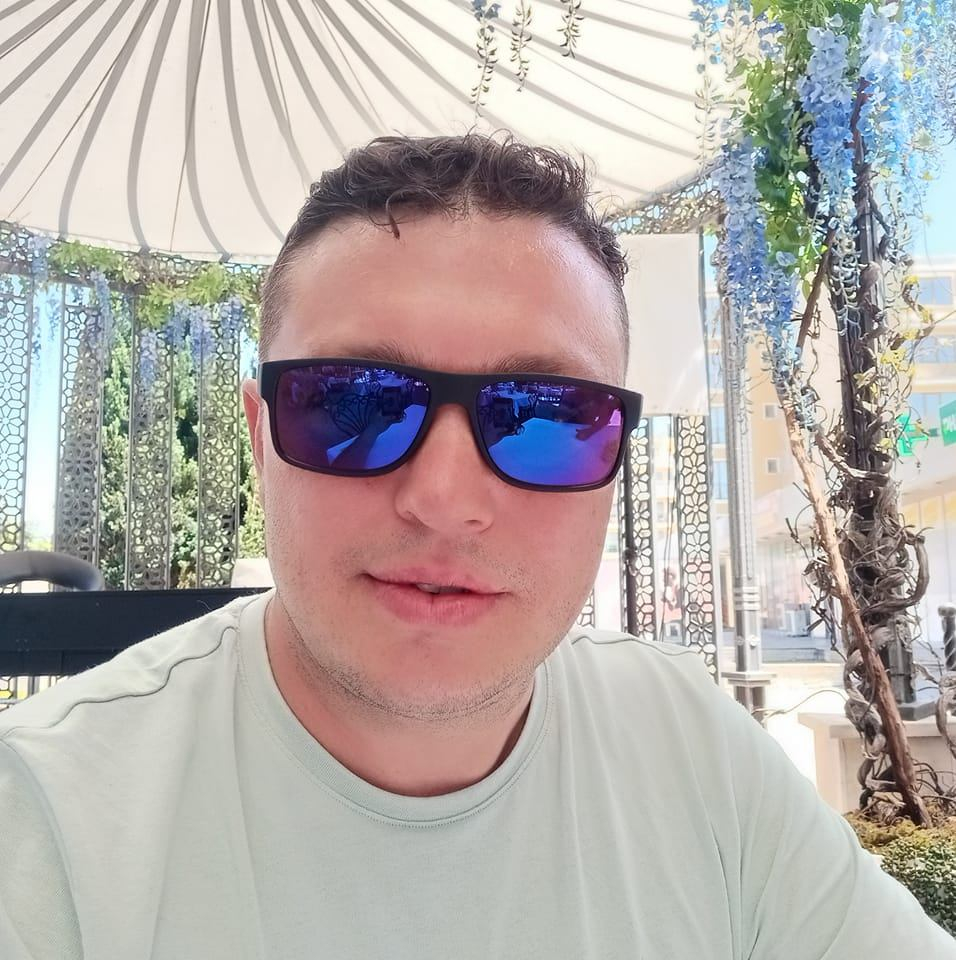10 Steps on How the Web Design Process Works
Posted on: August 07, 2024 Updated on: November 04, 2024 by Boris SokolovThe web design process involves several stages that blend creativity, strategy, and technical skills to create an effective and user-friendly website. Here’s an overview of the typical steps in this process:
1. Discovery and Research
- Objective: Understand the client’s needs, target audience, and goals for the website.
- Activities:
- Conduct interviews or meetings with the client to gather requirements.
- Research the client’s industry, competitors, and target audience.
- Define the website’s purpose, key performance indicators (KPIs), and overall vision.
2. Planning
- Objective: Outline the website’s structure and features to meet the client’s goals.
- Activities:
- Create a sitemap that outlines the pages and hierarchy of the website.
- Develop user personas and journey maps to understand how users will interact with the site.
- Define the website’s functionality, including any interactive elements, e-commerce features, or integrations with other systems.
- Establish timelines and allocate resources.
3. Wireframing and Prototyping
- Objective: Design the website’s layout and user experience (UX) without focusing on visual design.
- Activities:
- Create wireframes that map out the structure of each page, including placement of elements like navigation, content, and CTAs.
- Develop low-fidelity prototypes to test user flows and interactions.
- Gather feedback from stakeholders to refine the layout and UX.
4. Design
- Objective: Develop the visual aesthetics of the website, including colors, typography, and imagery.
- Activities:
- Design high-fidelity mockups of the website using tools like Adobe XD, Photoshop, Figma, or Sketch.
- Choose color schemes, fonts, and other design elements that align with the brand identity.
- Create design assets such as icons, buttons, and images.
- Iterate on the design based on feedback from stakeholders.
5. Content Creation
- Objective: Develop the textual and multimedia content that will populate the website.
- Activities:
- Write and edit copy for each page, focusing on clarity, SEO, and user engagement.
- Source or create images, videos, and graphics that support the content and design.
- Ensure that content aligns with the website’s goals and brand messaging.
6. Development
- Objective: Translate the design into a functional website using code.
- Activities:
- Convert design files into HTML, CSS, and JavaScript (for front-end development).
- Set up a content management system (CMS) like WordPress, Drupal, or custom solutions.
- Develop back-end functionalities, such as databases and server-side logic.
- Implement interactive features, animations, and any third-party integrations.
- Ensure the site is responsive and works across different devices and browsers.
7. Testing
- Objective: Ensure the website functions correctly and provides a good user experience.
- Activities:
- Perform usability testing to identify and fix any UX issues.
- Conduct cross-browser and cross-device testing to ensure compatibility.
- Test all interactive elements, forms, and functionalities.
- Optimize performance, load times, and accessibility.
- Fix bugs and refine the site based on testing results.
8. Launch
- Objective: Deploy the website to a live server and make it accessible to the public.
- Activities:
- Set up hosting and configure the domain name.
- Conduct a final pre-launch review, including testing and client approval.
- Migrate the website from the staging environment to the live server.
- Monitor the launch for any issues and ensure everything is running smoothly.
9. Maintenance and Optimization
- Objective: Keep the website updated, secure, and optimized for performance.
- Activities:
- Regularly update the CMS, plugins, and any other software components.
- Monitor website performance, security, and user feedback.
- Implement SEO strategies and update content as needed.
- Perform routine backups and security checks.
- Analyze website analytics and make adjustments to improve user engagement and conversion rates.
10. Post-Launch Evaluation
- Objective: Review the project to understand what went well and where improvements can be made.
- Activities:
- Collect feedback from the client and users.
- Analyze the website’s performance against initial goals and KPIs.
- Document lessons learned and best practices for future projects.
This process is iterative, often involving revisiting earlier stages based on feedback and testing, ensuring that the final product meets both client expectations and user needs.



